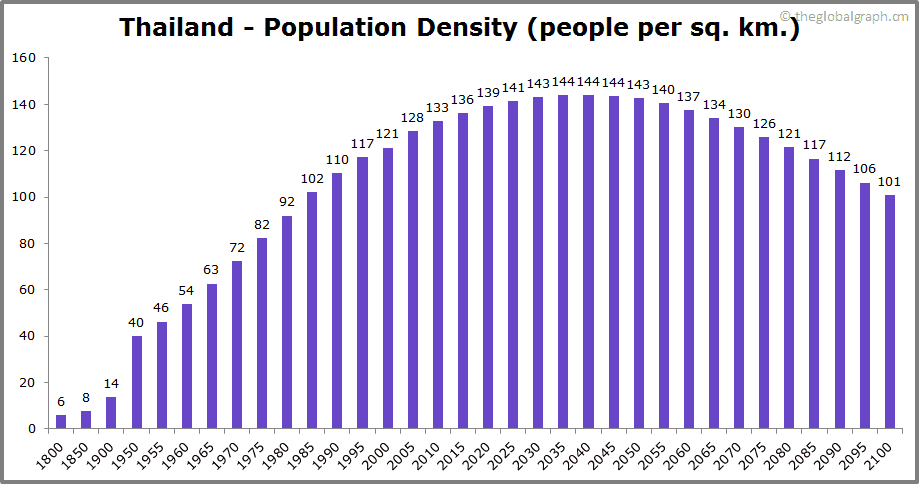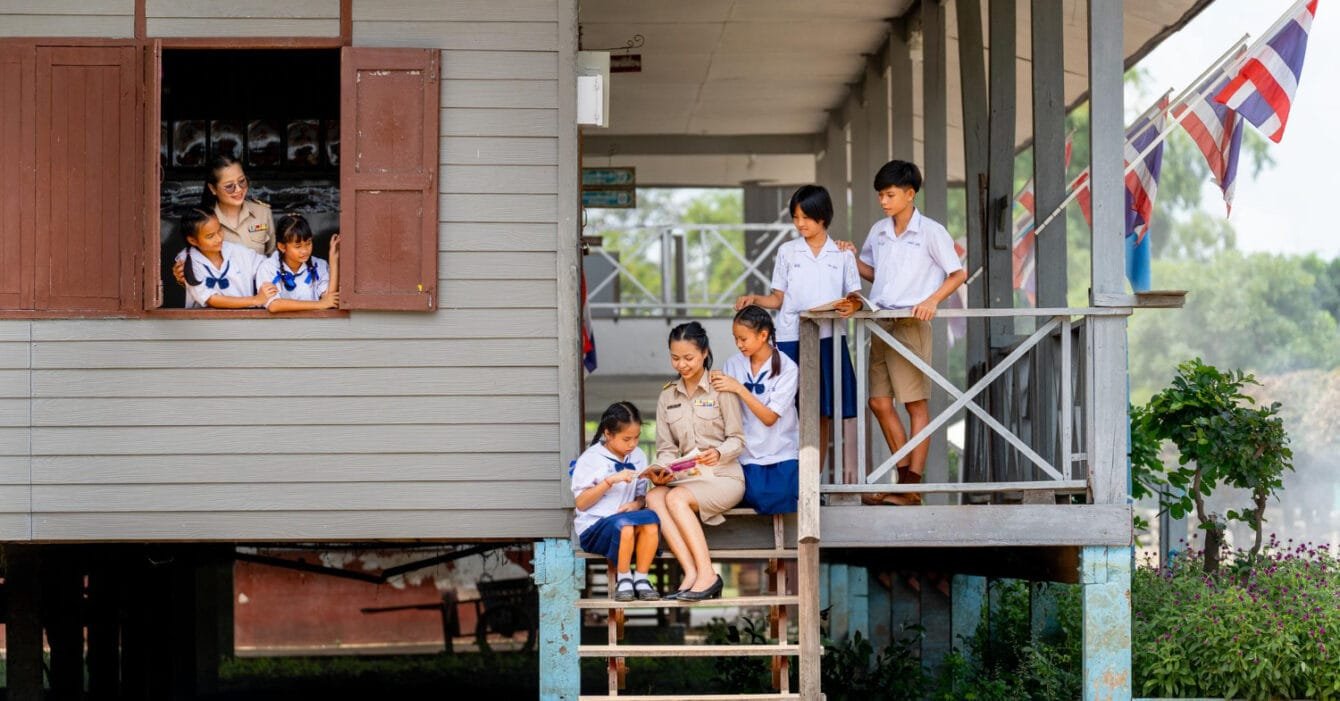Urbanization in Thailand is transforming the country. With 53.61% of the population now living in cities, the shift from rural to urban living has accelerated over the last decade. This transition has significantly influenced the demand for residential and commercial construction projects. Now, let’s take a closer look at Thailand Urbanization Impact below.
Thailand Urbanization Impact: Urban Growth and Its Challenges

Bangkok, as the heart of Thailand’s urban expansion, accounts for nearly 80% of the nation’s urban space. With its population approaching 10 million, the city faces challenges in accommodating its residents. The strain on infrastructure, housing, and services grows as urbanization surges. Other cities are also expanding, albeit at a slower pace.
The rising urban population, Thailand Urbanization Impact, has created pressure on housing supply. In 2022, about 38.5 million people lived in urban areas, a sharp increase compared to previous years. This ongoing trend underscores the growing demand for construction projects to meet the needs of urban dwellers.
Residential Construction: Addressing Housing Shortages
As mentioned above, one of the key Thailand Urbanization Impacts is the rising need for residential spaces. Over 5.87 million households in Thailand lack home ownership, and 2.72 million households live in substandard housing. The government’s 20-Year National Housing Development Master Plan seeks to bridge these gaps by fostering new housing developments and improving living standards.
The plan aims to provide affordable housing options and address homelessness. Developers are stepping up to build modern housing complexes that meet the needs of Thailand’s growing urban middle class. Residential construction is no longer limited to Bangkok. Cities like Chiang Mai and Pattaya are also witnessing a surge in housing demand.
Growing Commercial Sector in Thailand Urbanization Impact
Urbanization doesn’t just impact housing—it also drives demand for commercial construction. As cities expand, businesses follow, resulting in an increased need for office buildings, retail spaces, and industrial zones.
Projections suggest the commercial real estate sector in Thailand will grow by over 10% annually. This growth reflects increased economic activities in urban centers. Companies are moving into larger spaces, malls are expanding, and co-working offices are flourishing.
The demand is especially evident in Bangkok, where commercial hubs are emerging to cater to the needs of both local and international businesses. Other regions are also beginning to develop commercial zones to attract investment and create job opportunities.
Infrastructure Investment Fuels the Boom
To support Thailand Urbanization Impact, significant investments are being made in urban infrastructure. The construction industry is projected to grow by 6.5% annually through 2025. These investments include expanding transportation networks, building new public facilities, and modernizing old infrastructure.
Mass transit projects, such as the Bangkok MRT expansions, are essential for managing the growing number of urban commuters. New roads and highways are also being developed to connect urban hubs with rural areas, creating seamless mobility and boosting commerce.
A Balanced Approach is Needed for Thailand Urbanization Impact
While Thailand Urbanization Impact drives economic growth, it also presents challenges. Policymakers must address issues like environmental degradation, rising living costs, and infrastructure strain. Balancing urban growth with sustainability will ensure long-term benefits for residents and the construction industry alike.
Thailand Urbanization Impact is reshaping the nation. With more than half the population now living in cities, the demand for residential and commercial construction continues to rise. Policymakers, developers, and communities must work together to create inclusive and sustainable urban spaces that meet the needs of Thailand’s growing urban population.

